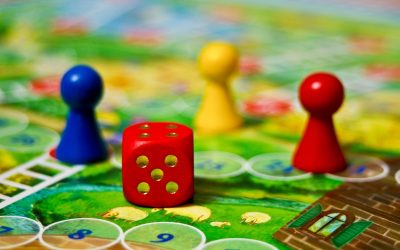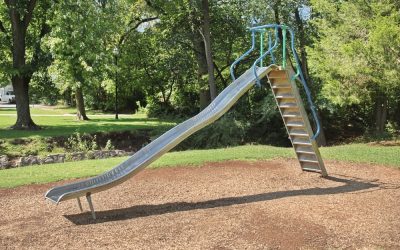Overview
In this activity students will explore their thoughts and ideas of balanced eating habits. They will explore Canada’s Food Guide to review the most current recommendations for healthy eating for Canadians. They will then create a vision board that represents what their ideal food choices would look like based on their past and new nutrition knowledge.
NB Curriculum Outcomes
Personal Wellness 6-8
Strand: Wellness – Big Idea: Healthy Lifestyle – Skill Descriptor: Examine personal health habits and their impact on the seven domains of wellness.
Strand: Wellness – Big Idea: Helpful and Harmful Choices – Skill Descriptor: Describe factors that influence food, substance, and screen time use/misuse.
What you’ll need
- Personal device (Computer or tablet)
- Virtual vision board program (Canva, Microsoft Word, Pinterest, etc.)
- Nutrition Vision Board Template
- Trauma Informed Nutrition Resource – to read before distributing this activity
Sensitivity Statement
Food choices can be a sensitive topic for certain students. This activity aims to build healthy relationships with food but there may be students who may not be comfortable reflecting on food choices and to whom doing so may induce harm. Teachers should try to be as mindful as possible about the students in their classroom and their situations regarding food security and healthy relationships. Consider this before using this activity so all students feel comfortable.
This activity is intended to be an individual task, encourage your students to work independently to decrease the possibility of students feeling stress or pressure surrounding the completion. The final product should be private, so do not display this student work in the classroom. If a student identifies negative emotions related to this activity, do not make them continue, and allow them to do what they need to feel better that is appropriate for your classroom setting. If you have students that need extra support regarding their feelings and thoughts toward food, please utilize the ESS/administration team at your school.
Read the Trauma Informed Nutrition Resource as a personal education opportunity. This resource is intended for improving the practice of Registered Dietitians and is not included so that teachers can attempt nutrition counselling.
Instructions
- Have students review Canada’s Food Guide (Canada’s Food Guide) to explore the most recent guidelines surrounding healthy eating. Look through the different recommendations on the additional pages of the guide as well, and not just the balanced plate.
- Have students consider what they already know and have learned from reviewing and exploring Canada’s Food Guide and come up with five balanced meals where each section of the plate is included.
- While brainstorming their meal ideas students should indicate which components of their meals satisfy each section of the Canada’s Food Guide plate.
- Vision Board time! Students can select the program they want to use and begin creating a board. Use the board to display different aspects of your current eating habits and for exploring and creating a positive relationship with food. Consider the following prompts:
- Breakfast foods
- Lunch foods
- Supper foods
- Snacks
- Treats
- Comfort foods
- Food you often eat or would like to eat more often
- Your favorite food or meal
- Your favorite restaurant
- Your preferred grocery store
- Your favorite cookware
- Kitchen appliances you use often or would like to use more often
- What you like to wear while eating
- Places where you eat (Dinner table, countertop, restaurant)
- Who you eat with (By yourself, family, friends, pets)
- Food preparation (Fry, bake, blend, microwave, chop, etc.)
- Who is cooking or who you cook with
- Emotions you feel when eating your favorite foods
Remember, a balanced diet does not mean a perfect diet and remembering that can help your relationship with food be a positive one! Encourage students to work on this independently and not to look at each other’s work for inspiration.
An example Nutrition Vision Board is attached. Each board will look different, if you looked at somebody else’s board, they may not understand it, but what is important is that you do.
Encourage students to download or print their vision boards and put them in a place where they will regularly see them. However, do not display in the classroom as this is a personal activity and this creates a more comfortable environment for all students.
Career Connections
Reflect on this activity. What do you think the importance of creating a vision board is? Why is it recommended to put in a place where you will see it often?
This board is meant to highlight your positive relationship with food. It includes all your favorite items, as well as social aspects such as cooking, restaurants, and who you enjoy eating with. By putting this up in a place where you will be seeing this often you are celebrating your positive relationship and being reminded of it daily!
Reflection Activity
Please see the attached PDF for several choices on how you and your learners can reflect upon today’s activity.
Global Competencies




